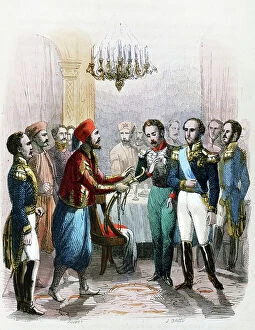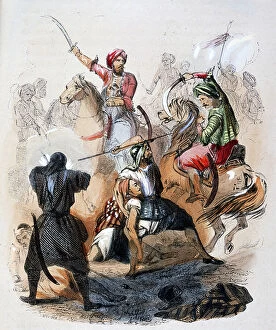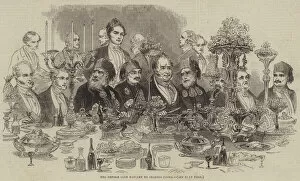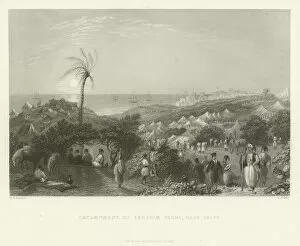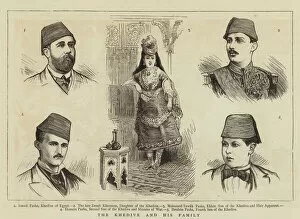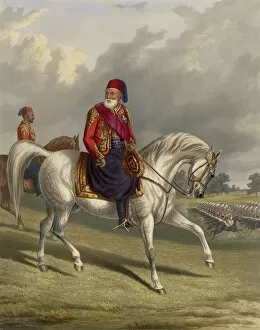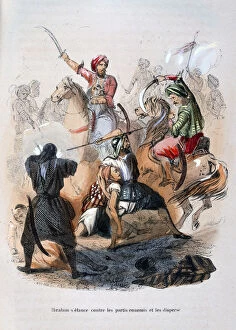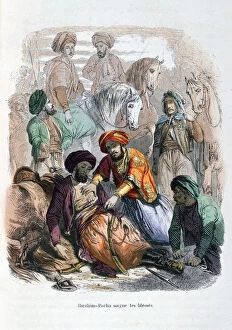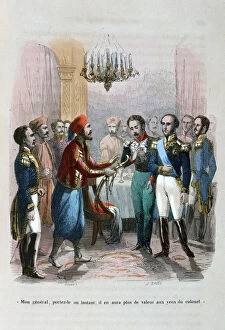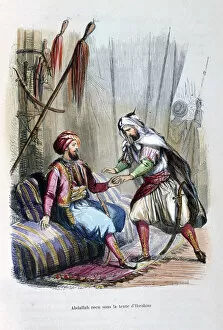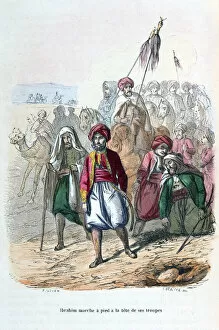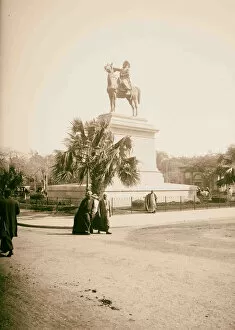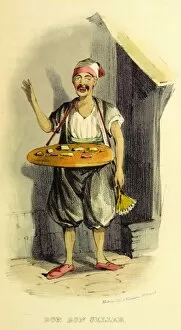Ibrahim Pasha Collection
Ibrahim Pasha, a prominent figure in the 19th century, left an indelible mark on history through his military prowess and political influence
All Professionally Made to Order for Quick Shipping
Ibrahim Pasha, a prominent figure in the 19th century, left an indelible mark on history through his military prowess and political influence. Born in 1789, Ibrahim Pasha of Egypt rose to prominence as the son of Muhammad Ali, the ruler of Egypt. His leadership skills were put to the test during various battles and campaigns. One such notable event was the Battle of Nezib in 1839 (1847), depicted beautifully by artist Jean Adolphe Beauce. This battle showcased Ibrahim Pasha's strategic brilliance and marked a turning point in his career. Another artwork capturing his military might is "Ibrahim Pasha fighting the Wahabis" by Beauce, which portrays his efforts against Saudi Arabia between 1811-1818. The engravings depicting Ibrahim Pasha's camp near Adana, Turkey (1837) and Jaffa (1837) provide glimpses into his life off the battlefield. These images showcase both the grandeur and practicality of his encampments while highlighting his ability to command troops effectively. However, it wasn't just warfare that defined Ibrahim Pasha's legacy; he also played a significant role in diplomatic affairs. The meeting between him and Colonel Faudoa in Egypt (1828) symbolizes his involvement in shaping international relations during that era. Moreover, Ibrahim Pasha's influence extended beyond military conquests; he was instrumental in implementing reforms within Egypt. The Reform Club Banquet held in honor of him further underscores this aspect of his character. In Laporte's portrait from 1846 titled "Ibrahim Pasha of Egypt, " we see a glimpse into the man behind these accomplishments—a determined leader with an unwavering commitment to progress. Lastly, Etherington's artwork titled "Ibrahim Pasha Looking after Wounded" showcases not only his bravery but also compassion for those affected by war—an attribute often overlooked when discussing military leaders.

